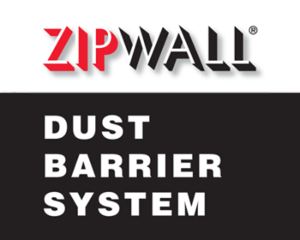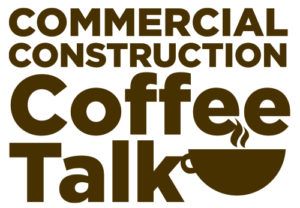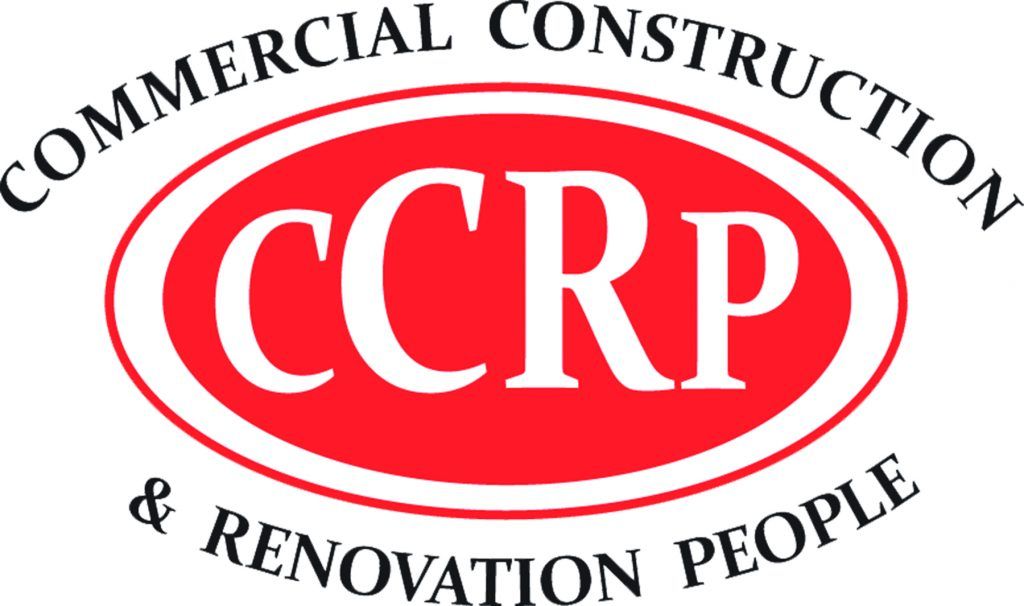Dumpster rentals are invaluable tools for managing waste efficiently during projects such as home renovations, landscaping, or major clean-outs. However, maximizing the benefits of a dumpster rental requires more than just selecting the right size. Strategic planning and mindful usage can make waste disposal faster, more organized, and cost-effective.
This article provides practical tips for using a dumpster rental effectively, helping you streamline your project while staying on budget and adhering to environmental guidelines.
Why Effective Dumpster Use Matters
A well-managed dumpster rental simplifies waste disposal, improves project efficiency, and minimizes environmental impact.
Key Benefits
- Saves Time: Efficient use of a dumpster reduces the need for multiple trips to waste disposal sites.
- Controls Costs: Maximizing space and adhering to rental guidelines prevents unnecessary fees.
- Promotes Sustainability: Proper waste sorting encourages recycling and responsible disposal.
Working with a reliable provider, such as ACR Dumpsters, ensures your rental experience is seamless and well-supported.
Step 1: Plan Ahead
Preparation is key to making the most of your dumpster rental.
Evaluate Your Waste
- Types of Materials: Determine whether your project will produce construction debris, yard waste, or general household items.
- Volume: Estimate the amount of waste to select an appropriately sized dumpster.
Schedule Strategically
- Arrange for delivery on the first day of your project to allow immediate waste collection.
- Plan the rental duration to align with your project timeline, accounting for potential delays or clean-up time.
Step 2: Choose the Right Dumpster Size
Selecting the correct dumpster size prevents overflow or underutilization.
Common Sizes and Their Applications
- 10-Yard Dumpster: Suitable for small projects like garage clean-outs or minor renovations.
- 20-Yard Dumpster: Ideal for medium-sized projects, such as kitchen remodels or multi-room clean-ups.
- 30-Yard Dumpster: Designed for larger renovations or property clean-outs.
- 40-Yard Dumpster: Best for major construction projects or large-scale clean-ups.
Opting for a slightly larger size than estimated ensures adequate capacity for unexpected waste.
Step 3: Optimize Dumpster Placement
The location of your dumpster significantly affects project efficiency.
Ideal Placement Tips
- Proximity to Work Area: Place the dumpster close to the main work zone to reduce the effort of transporting debris.
- Flat, Sturdy Surface: Choose a level area capable of supporting the dumpster’s weight. Driveways or firm ground are often suitable.
- Consider Access: Ensure clear paths for delivery and pick-up, avoiding obstructions like trees or overhead wires.
Proper placement minimizes disruptions and enhances workflow.
Step 4: Load the Dumpster Efficiently
Efficient loading maximizes space, reduces costs, and ensures safety during transport.
Loading Tips
- Start with Large Items: Place heavy or bulky materials at the bottom to create a stable foundation.
- Break Down Items: Disassemble furniture, boxes, or appliances to conserve space.
- Layer Smaller Items: Fill gaps between larger items with smaller debris to maximize capacity.
- Distribute Weight Evenly: Avoid overloading one side of the dumpster to ensure safe handling and transport.
Efficient packing prevents overflow and reduces the likelihood of needing additional rentals.
Step 5: Be Mindful of Prohibited Items
Not all materials can be disposed of in a standard dumpster. Understanding restrictions helps you avoid penalties and ensures compliance with regulations.
Commonly Restricted Items
- Hazardous Waste: Includes chemicals, paints, and batteries that require special disposal.
- Electronics: Devices like televisions and computers may need recycling through dedicated programs.
- Appliances with Refrigerants: Items such as refrigerators or air conditioners must be handled separately.
Consult your provider, like ACR Dumpsters, for a list of acceptable materials and guidance on alternative disposal methods for restricted items.
Step 6: Incorporate Recycling Practices
Dumpster rentals offer opportunities to support recycling and reduce landfill waste.
Recycling Tips
- Separate Materials: Keep recyclables like wood, metal, and plastics separate from general debris for easier sorting.
- Label Compartments: If possible, use labeled sections within the dumpster for different material types.
- Partner with Eco-Friendly Services: Many rental companies collaborate with recycling facilities to handle materials responsibly.
Recycling reduces environmental impact and aligns your project with sustainable practices.
Step 7: Schedule Timely Pick-Up
Coordinating the removal of your dumpster ensures a smooth conclusion to your project.
Pick-Up Tips
- Complete Loading Before Pick-Up: Confirm all waste is disposed of before the scheduled removal.
- Allow Time for Final Clean-Up: Schedule pick-up for a day or two after project completion to handle last-minute debris.
- Communicate Changes: Notify your provider if the project timeline shifts to avoid unnecessary fees or delays.
Prompt pick-up keeps your worksite organized and ready for the next phase.
Step 8: Consider Safety Guidelines
Maintaining safety during dumpster use protects workers and prevents accidents.
Safety Practices
- Avoid Overloading: Keep waste below the dumpster’s rim to prevent spillage during transport.
- Secure Lightweight Items: Cover materials prone to blowing away, such as paper or plastic, with a tarp or heavier debris.
- Protect Surrounding Areas: Place plywood under the dumpster to prevent damage to driveways or lawns.
Adhering to safety guidelines ensures a smooth and incident-free rental experience.
Step 9: Extend the Benefits of Your Rental
Dumpster rentals offer long-term advantages beyond immediate waste disposal.
Sustainable Outcomes
- Encourage Reuse: Salvage usable materials, such as wood or bricks, for future projects.
- Reduce Landfill Waste: Emphasize recycling to minimize environmental impact.
- Adopt Green Habits: Use your project as an opportunity to develop eco-conscious disposal practices.
Focusing on sustainability adds value to your project and supports broader environmental goals.
Benefits of Working with a Trusted Provider
Partnering with a reliable rental company ensures your experience is efficient and hassle-free.
What to Expect from a Provider
- Transparent Pricing: Avoid hidden fees with clear cost breakdowns.
- Timely Service: Reliable delivery and pick-up keep your project on schedule.
- Expert Guidance: Providers like ACR Dumpsters offer personalized advice on sizes, placement, and local regulations.
A dependable partner simplifies waste management, allowing you to focus on completing your project.
Conclusion
Effective dumpster use enhances project efficiency, reduces costs, and supports sustainable waste management. By planning ahead, optimizing placement, and adhering to safety and recycling guidelines, you can maximize the benefits of your rental and ensure a seamless waste disposal process.
With expert support from providers like ACR Dumpsters, managing debris becomes straightforward and stress-free. Whether tackling a home renovation, landscaping project, or major clean-out, thoughtful dumpster use is key to a successful and environmentally responsible project.

























